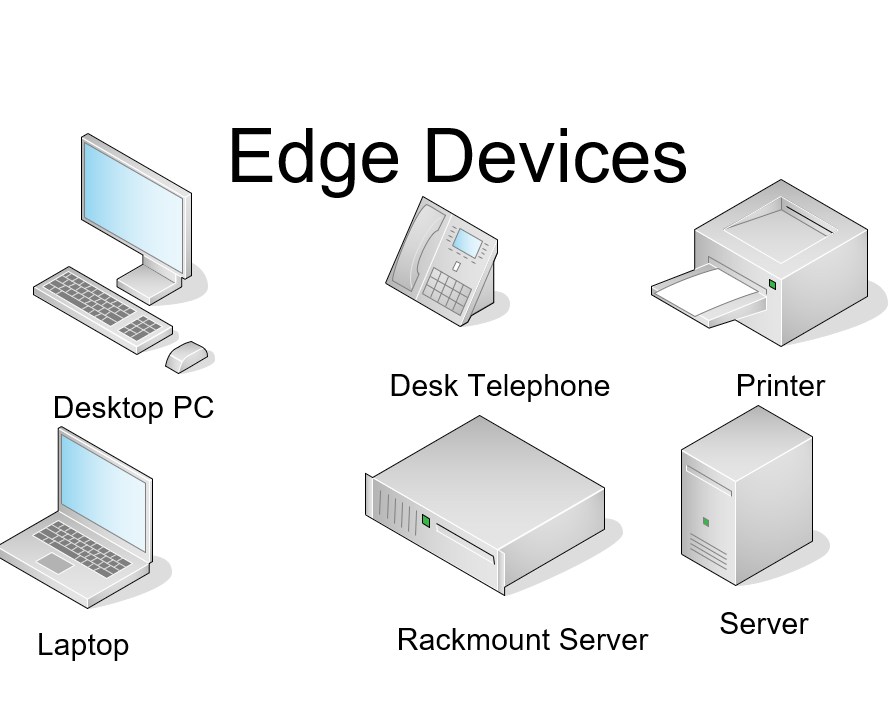
How Foldable Phones Are Pushing Hardware Boundaries
December 21, 2024
How GPUs Are Transforming Data Processing
December 21, 2024Building the Ultimate Gaming Rig: A 2025 Guide
Building a gaming rig in 2025 is a thrilling journey into the cutting-edge world of gaming technology. With advancements in processors, graphics cards, storage solutions, and cooling systems, creating a setup that can handle the latest games at ultra-settings is more achievable than ever. However, it’s not just about grabbing the most expensive components; it’s about assembling a balanced system that delivers exceptional performance and fits your needs. Here’s your guide to building the ultimate gaming rig in 2025.
Step 1: Define Your Gaming Goals
Before diving into the hardware, determine your goals. Are you building a rig for competitive gaming, 4K resolution, VR, or content creation alongside gaming? Your goals will influence your choice of components. For example:
- Competitive Gamers: Focus on high-refresh-rate performance (e.g., 240Hz or 360Hz) for games like Valorant or Fortnite.
- Cinematic Gamers: Emphasize 4K or even 8K resolutions with ray tracing for games like Cyberpunk 2077.
- Streamers/Creators: Invest in additional RAM and a robust CPU-GPU combo for multitasking and smooth performance.
Step 2: Core Components
1. Processor (CPU)
The CPU is the brain of your system. In 2025, the AMD Ryzen 7000 series and Intel 14th Gen Core processors dominate the market, offering incredible performance.
- For gaming-focused builds, a 6-core or 8-core processor like the AMD Ryzen 7 7800X3D or Intel Core i7-14700K provides a perfect balance of performance and cost.
- If you plan to stream or handle other demanding tasks, consider 12-core or higher processors like the Ryzen 9 7950X or Intel Core i9-14900K.
2. Graphics Card (GPU)
The GPU is the heart of your gaming rig, responsible for rendering stunning visuals. NVIDIA’s GeForce RTX 40-series and AMD’s Radeon RX 7000-series lead the charge in 2025.
- NVIDIA GeForce RTX 4080/4090: Ideal for 4K and ray-traced gaming.
- AMD Radeon RX 7900 XTX: Offers powerful performance at a slightly lower price point.
- For competitive gamers targeting high frame rates at 1080p or 1440p, the RTX 4070 Ti or RX 7800 XT is a great choice.
3. Memory (RAM)
In 2025, DDR5 RAM is the standard. For most builds:
- 16GB DDR5 (5200MHz or higher): Sufficient for gaming.
- 32GB DDR5: Recommended for streaming, multitasking, and future-proofing.
4. Storage
The era of slow hard drives is long gone. NVMe SSDs dominate the storage landscape with blazing-fast read and write speeds.
- 1TB NVMe SSD: A good starting point for OS and game installations.
- Add a 2TB NVMe SSD or HDD for storing large game libraries and media files.
Step 3: Supporting Components
1. Motherboard
Your motherboard should support the latest technologies like PCIe 5.0, DDR5 RAM, and USB 4.0. Choose a motherboard compatible with your CPU, such as:
- AMD AM5 Socket (e.g., X670E, B650E chipsets).
- Intel LGA1700 Socket (e.g., Z790 chipset).
Ensure the motherboard has enough slots for your needs, including expansion for GPUs, additional SSDs, and peripherals.
2. Cooling System
Modern CPUs and GPUs generate significant heat, especially under heavy loads. Cooling is crucial to maintain performance and longevity.
- Air Coolers: Budget-friendly and effective for mid-range builds.
- Liquid Cooling Systems (AIO): Offer superior cooling for high-end builds and overclocking.
3. Power Supply Unit (PSU)
The PSU is your rig’s lifeline. Choose a PSU with enough wattage to support your components, plus some headroom for future upgrades.
- 750W to 850W: Ideal for most builds.
- 1000W+: Necessary for dual-GPU setups or power-hungry components.
Look for an 80 PLUS Gold or Platinum-rated PSU for energy efficiency.

Step 4: Peripherals for Immersion
Your gaming rig isn’t complete without high-quality peripherals to elevate your experience.
Monitor
- High Refresh Rate (144Hz, 240Hz, 360Hz): Perfect for competitive gaming.
- 4K Monitors: For cinematic visuals and immersion.
- Consider monitors with adaptive sync technologies like NVIDIA G-Sync or AMD FreeSync.
Keyboard and Mouse
- Choose a mechanical keyboard with customizable switches for precision and durability.
- Pair it with an ergonomic, high-DPI gaming mouse tailored to your playstyle.
Audio
- A gaming headset with surround sound enhances spatial awareness in competitive games.
- Alternatively, invest in a dedicated microphone and high-quality speakers for better audio fidelity.
Step 5: Aesthetic Customization
Building the ultimate rig isn’t just about performance—it’s also about style. Many gamers opt for RGB lighting, tempered glass cases, and sleek cable management to showcase their build.
Popular case brands like Lian Li, NZXT, and Corsair offer aesthetically pleasing designs that don’t compromise airflow or functionality.
Step 6: Software and Optimization
Once your rig is built, optimizing it for peak performance is essential:
- Install the latest drivers for your GPU, motherboard, and other components.
- Use software like MSI Afterburner or Razer Cortex for performance monitoring and optimization.
- Enable ray tracing and DLSS for games that support them to boost visuals and performance.
Step 7: Budget Consideration
The cost of your ultimate gaming rig will vary based on your goals:
- Budget Build: $1,200–$1,500 (1080p gaming with high settings).
- Mid-Range Build: $2,000–$3,000 (1440p or 4K gaming with ultra settings).
- High-End Build: $4,000+ (4K or 8K gaming, VR, and streaming).



